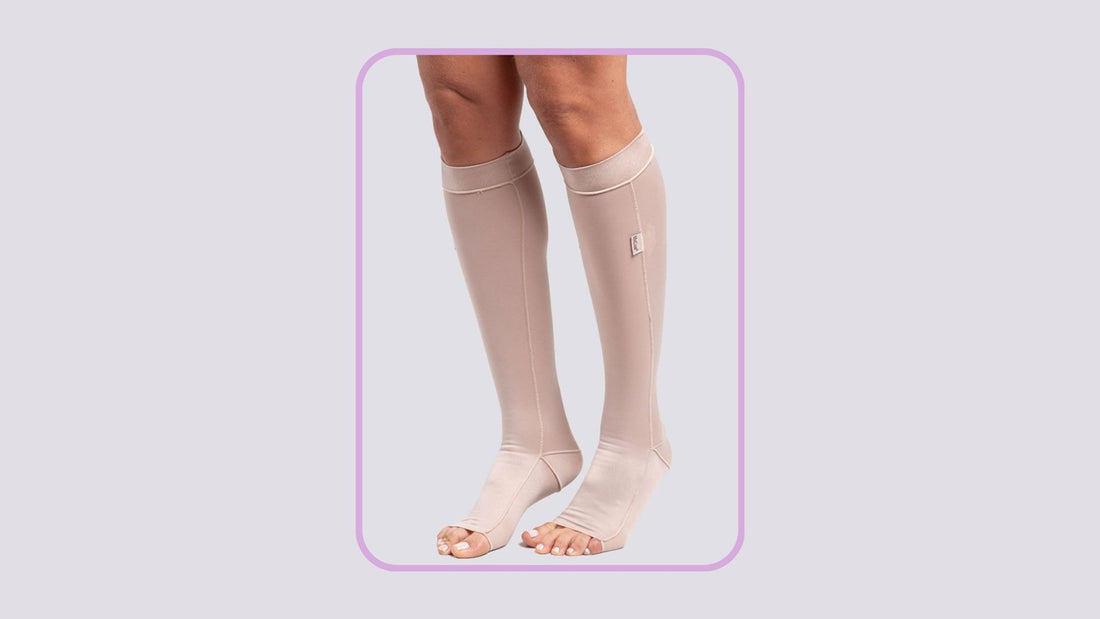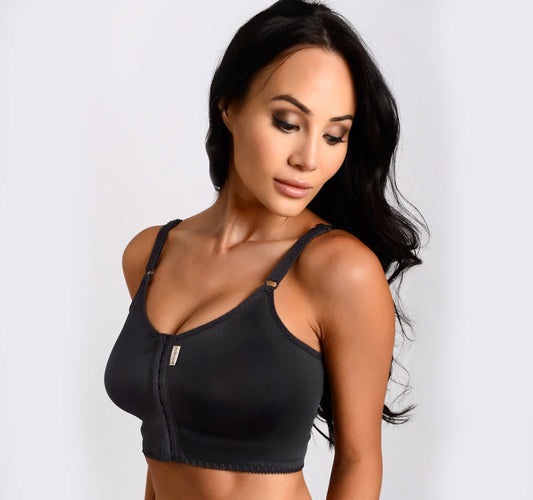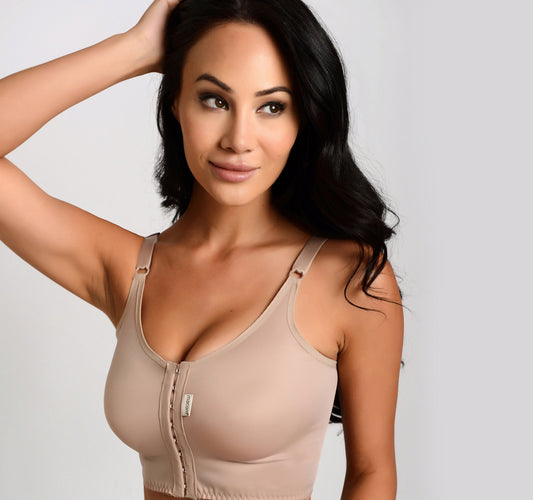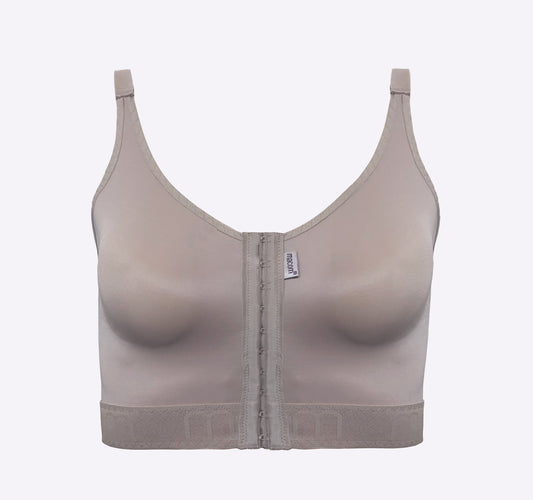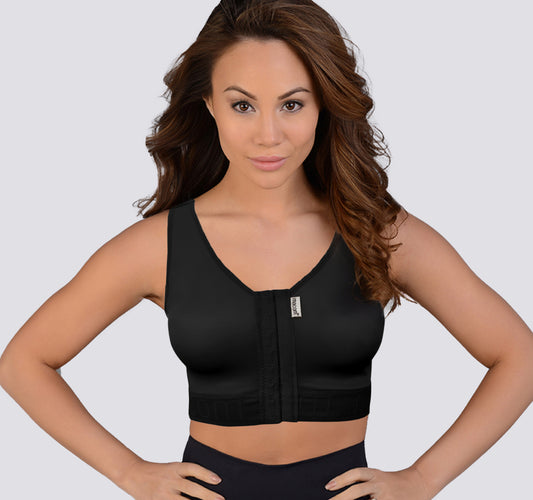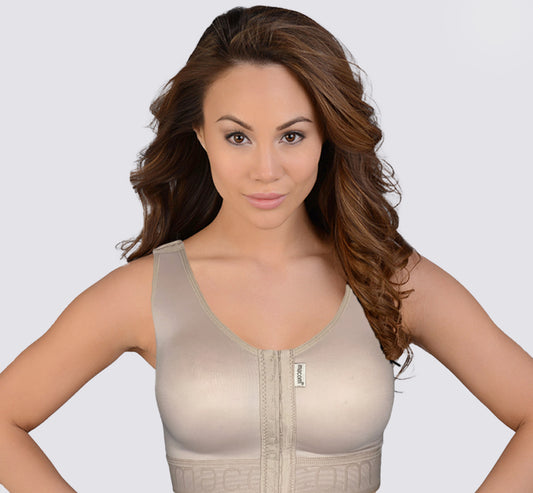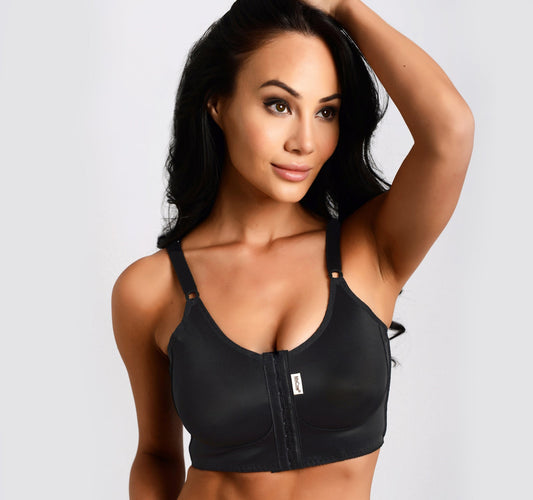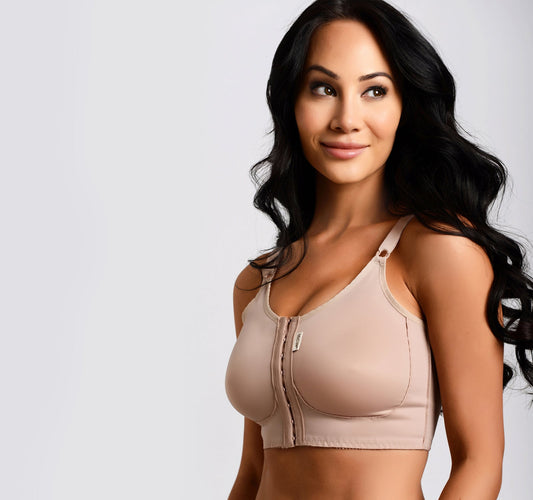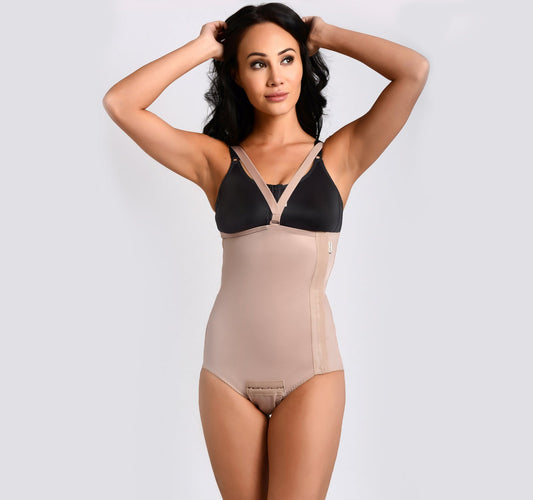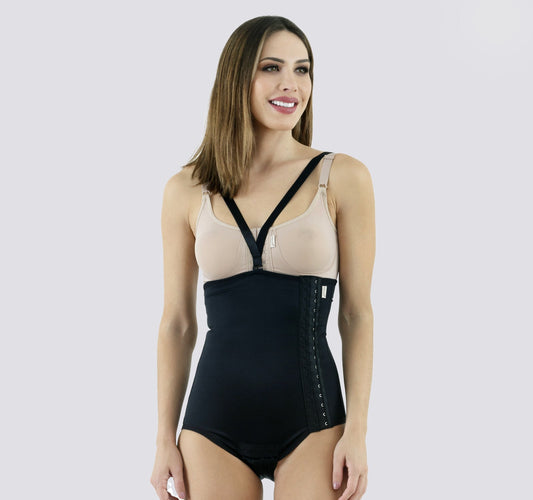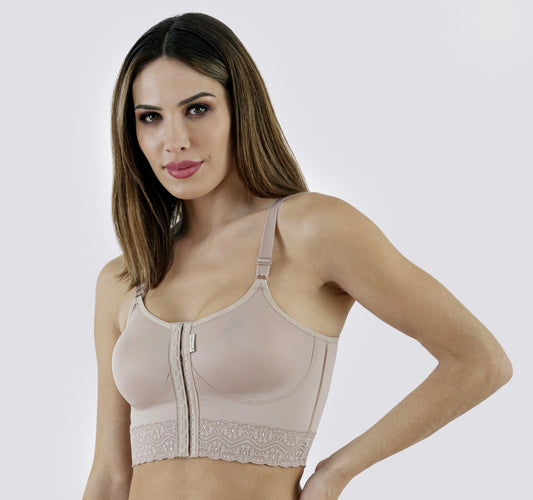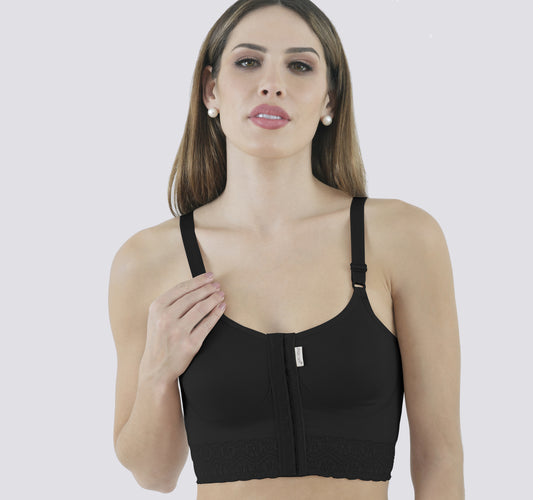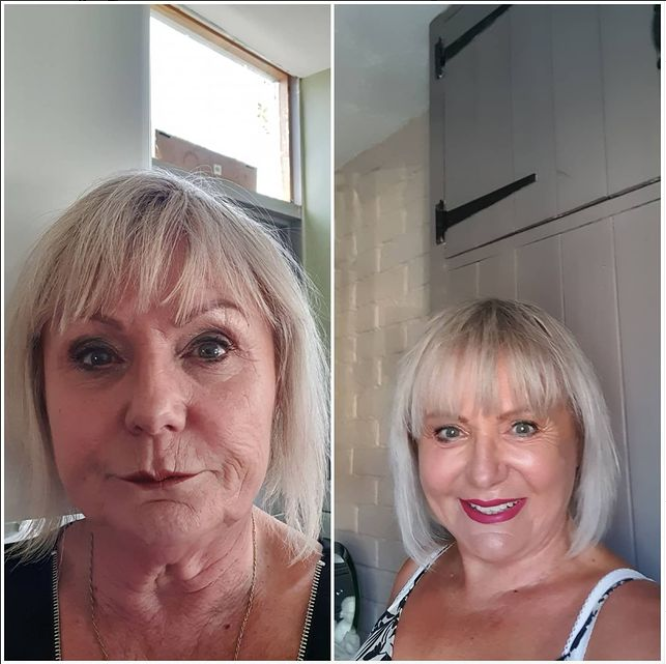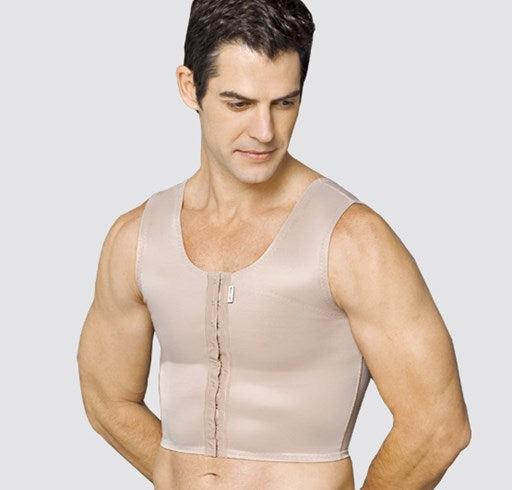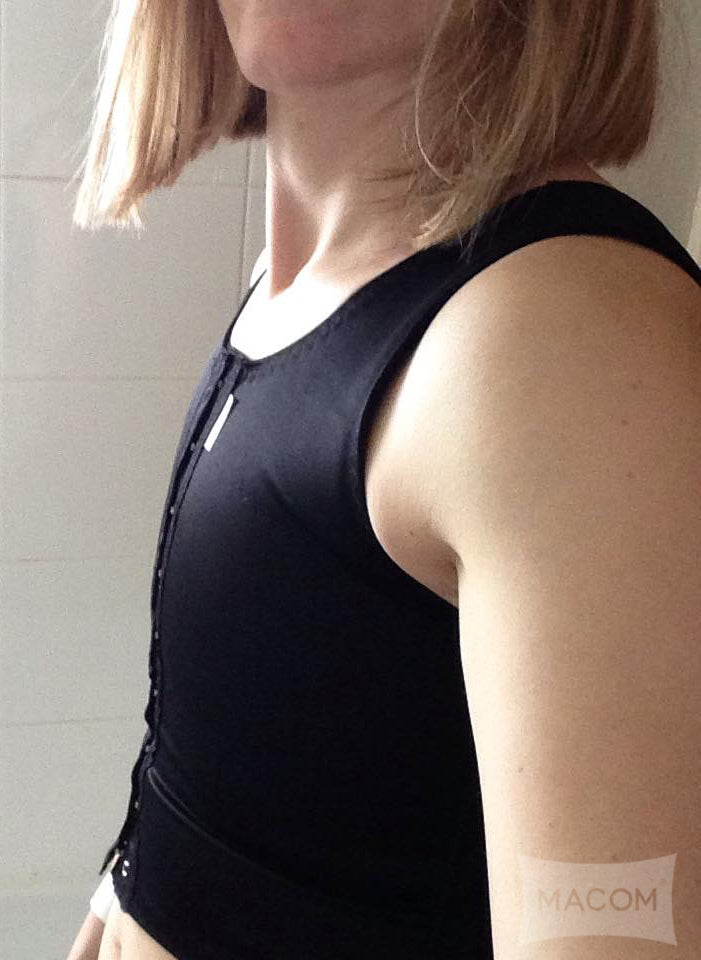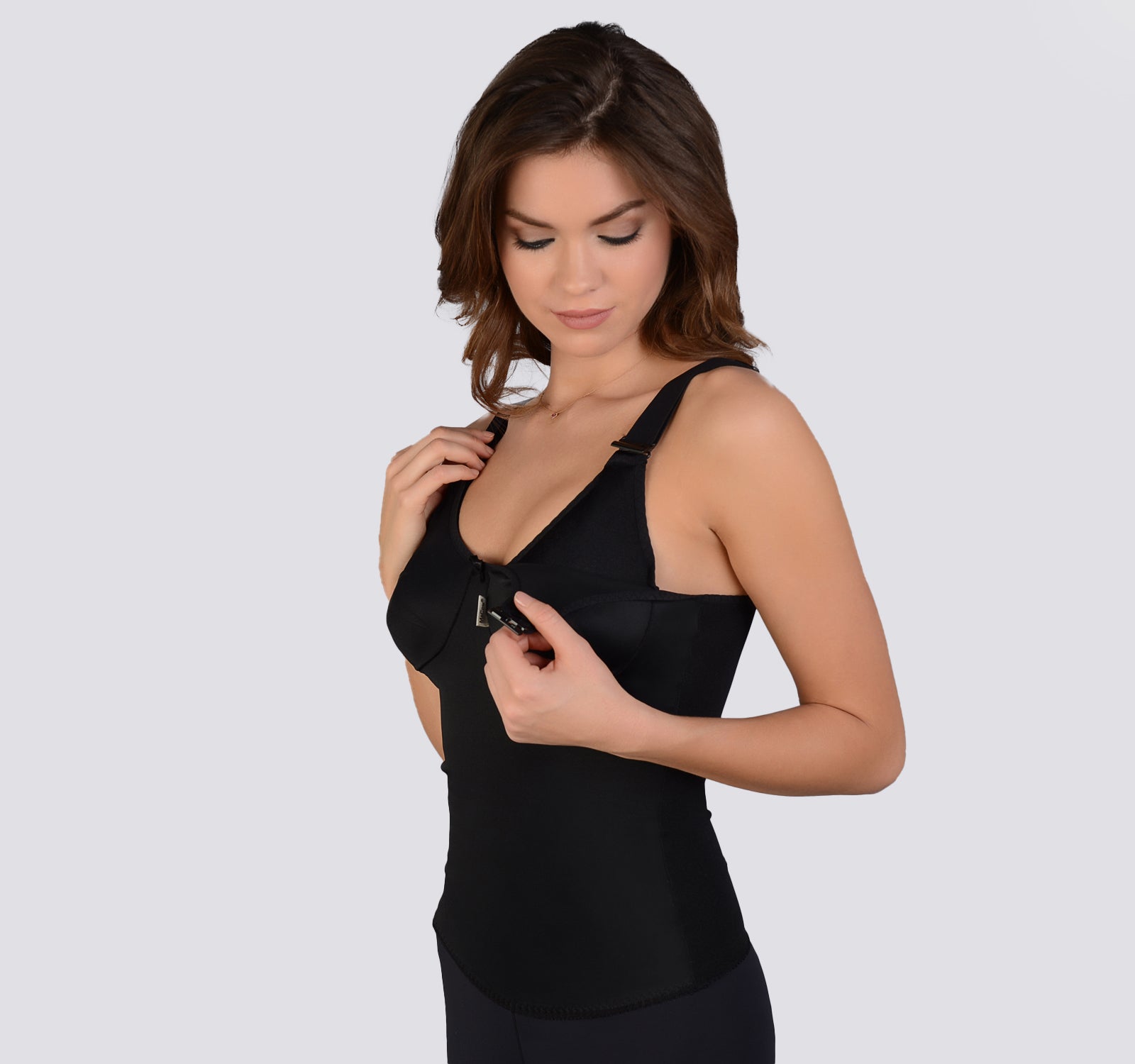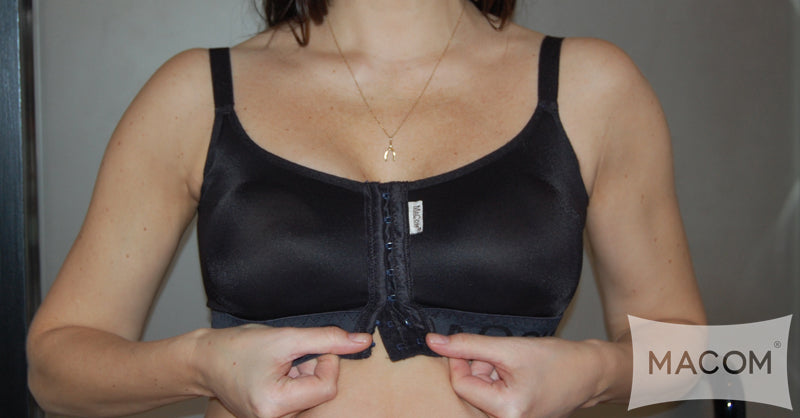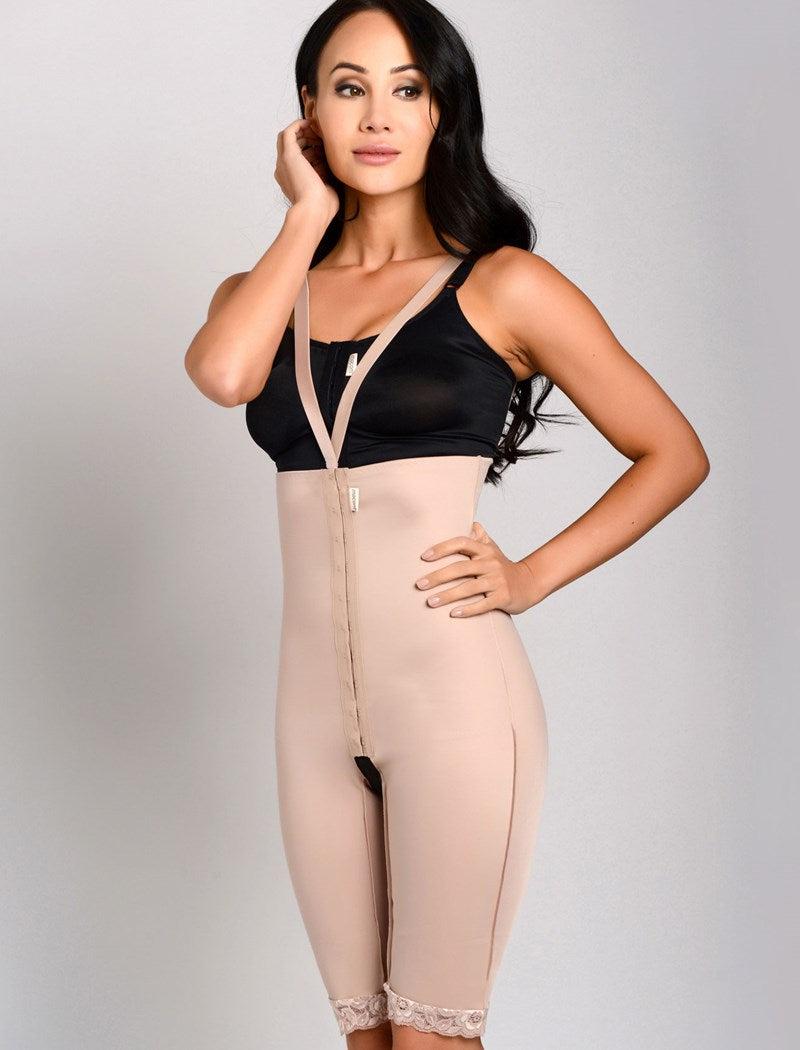Compression socks, also known as compression stockings, use technology to increase oxygen supply to the legs for vascular problems and post-surgery recovery. As well as an essential part of post-leg-operation recovery and care, compression socks are also beneficial in reducing pain and swelling for varicose vein symptoms and preventing them from developing over time.
Whilst they are generally used to prevent blood clots, compression socks may cause a clot to occur if not worn correctly.
This article aims to explain the benefits of compression stockings and illustrate how to wear them properly to avoid the risk of blood clots.
Can Compression Stockings Cause Blood Clots?
A blood clot is a build-up of blood in the veins or arteries, which can be life-threatening. Although very rare, if worn incorrectly, compression stockings have the potential to cause blood clots rather than reduce their likelihood. Compression stockings are meant to increase blood circulation but, if worn too tightly, they can do the opposite.
It is essential to get the right size, follow the manufacturer’s instructions and continuously check in with your healthcare provider to ensure you are doing what is best for you.
What Are Compression Socks/Compression Stockings Used For?
Compression stockings use pressure to maintain blood flow and reduce swelling to support vascular problems such as varicose veins or to aid in surgery recovery.
Compression stockings are used after leg surgery to prevent blood clots (Deep Vein Thrombosis (DVT)). The chances of developing DVT are more likely after major surgery, especially if the surgery reduces mobility or inhibits walking.
Compression socks support blood flow in the legs and decrease pressure inside the veins, which relieves pain from swelling and can prevent varicose veins from occurring. Compression socks are not a treatment for varicose veins, however.
Can You Use Compression Socks Once You Already Have A Blood Clot?
Compression stockings do not reduce complications of a blood clot once it has started. They can however reduce painful symptoms and risks of getting post-thrombotic syndrome or another blood clot.
Can Wearing Compression Socks Be Harmful?
As well as potentially reducing blood flow to the legs, compression socks may also cause skin redness or irritation. If this occurs, it may mean the socks are not the right size. Skin irritation may be inevitable however for people with dry skin types, compromised skin barriers or when travelling in dry climates such as an aeroplane.
What Are The Symptoms Of A Blood Clot?
Symptoms Of DVT In The Leg:
These symptoms usually occur in one leg rather than both:
- Throbbing in the calf or the thigh
- Swelling in the leg
- Warm skin in the painful area
- Hard or sore swollen veins
- Change in skin colour on the leg
If you experience any of these symptoms, contact your healthcare provider. Seek emergency help if there are additional symptoms of a pulmonary embolism (PE) which can occur as a complication of DVT.
Symptoms Of PE:
- Sudden shortness of breath
- Coughing up blood
- Chest pain that is worse in deep breaths or coughing
- Feeling lightheaded, faint or fainting
- Rapid heart rate or breathing
Increased Risk Of Developing A Blood Clot
Your Risk Of Developing A Blood Clot May Be Higher If You:
- Smoke
- Are older than 65
- Are in hospital for an extended period or are recovering from an intrusive surgery
- Have or have had cancer
- Are pregnant
- Have a family history of blood clots
- Are taking birth control pills
- Have Covid-19
- Are overweight
- Spend a lot of time sedentary or are inactive
How Tight Should Compression Socks Be?
In general, to benefit from a compression garment, it should fit snugly but without causing any pain. Compression garments should reduce throbbing pain rather than increase it.
If you do feel pain, stop wearing the garment immediately.
A good way to tell if the garment is too tight is if sliding your hand underneath it requires force. Another is if the garment starts to roll down; the garment should lay flat over your skin. If not, you need to purchase a larger size.
If possible, before purchasing your garment, get a GP or nurse to measure your legs. You should also check with them afterwards to confirm whether the garment fits properly. Consult the size guide on the product page to select the best size based on your measurements. When your GP monitors your post-surgery progress, they should also measure you again.
Is It Ok To Wear Compression Socks Every Day?
You should wear them as much as possible post-surgery. You’ll need to wear them until you can walk again and until your healthcare advisor has confirmed you are ready to stop using them.
We recommend purchasing two pairs so you can wash them every other day and have a clean pair each day. This should also reduce the likelihood of irritation on the skin.
Macom® support stockings are ¾ length from your feet to below the knee, closed around the heel and open around the toes. The outward-facing seams reduce the likelihood of chafing or post-op incision pain. This makes them perfect for vascular problems, sclerotherapy, or following ankle and calf procedures.
Macom® support stockings can also be used as flight compression socks to help prevent DVT during long flights. The medical-grade compression technology ensures that they are effective in alleviating the discomfort of swollen ankles and feet.
How Long Should You Wear Compression Stockings After Surgery?
Your healthcare professional should advise you on how long to wear your compression stockings. Generally, this should be for 4-6 weeks after your surgery. If you feel your skin needs a break, taking them off for a couple of hours or whilst you sleep shouldn’t do any harm. It is a good idea to consider a small break if it means you will be able to continue wearing them.
For varicose veins, you may choose to only wear them when you are on your feet for extended periods, or on the contrary, sitting all day. You can also choose to wear them consistently for multiple months to give your veins a proper rest.
In conclusion, compression socks are hugely beneficial in pain reduction and preventing blood clots. However, unless care is taken, there is the potential to develop a blood clot. Make sure to check in with your healthcare provider regularly about the size of your compression socks and any other necessary measures you should be taking.

